How to Improve Equity in the Workplace in 2023
With the end of the year upon us, now is the perfect time to reflect on the effectiveness of your 2022 human resources equity initiatives and plan for an even more productive 2023. Before you start designing your strategies for moving forward, you should compare your benchmarks with goal metrics to identify where you have succeeded along with where you have fallen short. As HR professionals, we also like to examine current industry trends to see if our clients are on target and are addressing key issues.
This past year, the HR spotlight has been on pay equity, diversity, and transparency. Between rebounding from pandemic disruptions, to the Great Resignation, to current employee demands, to the signs of a possible recession, the pressure from all stakeholders to create a diverse and equitable workplace remains high. In the news, we’ve seen workers taking a stand by sharing how much they make, attempting to form their own unions, and seeking employment with companies that have the same values and prioritize the employee experience, along with new laws on pay transparency from such large cities as NYC. These actions demonstrate that stakeholders are looking for more than just gestures; they want to see real progress. Companies need to take note and take action.
All of this is underscored in a new industry report. Syndio recently released its 2023 Workplace Equity Trends Report. The company surveyed HR, Total Rewards, and DE&I leaders in order to identify trends, priorities, and sentiment related to workplace equity initiatives. According to the survey, businesses are recognizing the role they must play as 50% of respondents see their equity programs increasing in 2023.
What Businesses Are Doing to Level Up Their Workplace Equity Programs
This survey provides some great actionable insights to help businesses boost their equity strategies in 2023. Here are three of the top takeaways.
H3: Expanding the Definition of Diversity
Companies are looking beyond gender and race when it comes to equity. They’re including a full spectrum: LGBTQ+ identity, caregiving responsibility, refugee status, age, disabilities, and veteran status. According to the survey, companies that “track at least six employee identity groups are 64% more likely to strongly agree that they effectively build diverse teams at each level and 10% more likely to strongly agree that they effectively develop talent from historically underrepresented communities.”
Proactively Auditing Pay Equity
Rather than conducting an annual audit, more and more companies are doing more frequent assessments, every six months, quarterly, or even more often. This allows a more proactive adjustment rather than a reactive, point-in-time correction. The survey found that 50% of organizations now conduct pay equity analyses more frequently than once a year. By doing so, companies can embed equity into more stages of the employment journey, such as merit increases and high-potential programs.
Increasing Transparency of Plans and Progress
As mentioned above, employees, investors, and customers want more than just speak. They want to see your goals, your actions, and your accomplishments. In essence, they want accountability. And those that provide it are benefitting. Organizations that are highly transparent “are 3x as likely to strongly agree that they effectively build diverse teams and develop talent” according to the survey.
We believe these are key priorities for the coming year and plan on devising strategies and noting benchmarks to see how well they are implemented.
 En Español
En Español








